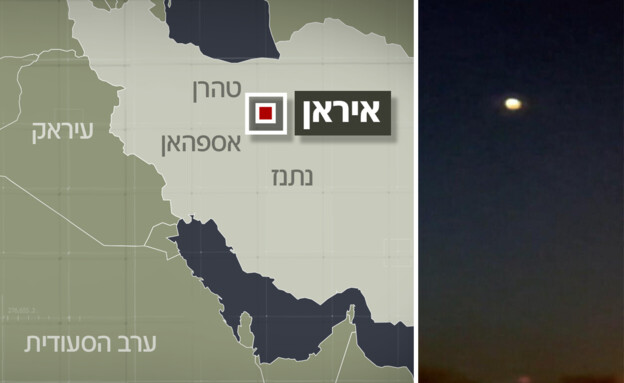On April 19, 2024, at 0648Z, new Umbra synthetic aperture radar imagery revealed that the Iranian S-300PMU2 strategic surface-to-air missile battery in Isfahan had sustained damage since April 15, 2024. The imagery showed a visible target engagement radar likely damaged on the radar hardstand. According to reports by the New York Times, this attack was carried out by Israel and caused by a precise and targeted strike on a crucial component of Iran’s air defense system in the area.
The New York Times also reported that Israel employed a weapon with special technology to evade Iranian radar and detection systems and successfully hit the air defense system near the Natanz nuclear facility. This attack was intended to send a message to Iran about Israel’s capabilities of breaching its defense systems. The weapon used was at least one missile launched from a fighter jet, and the attack was conducted outside Israeli, Iranian, or Jordanian airspace.
However, satellite images published later showed that the Iranian Air Force base near Isfahan was not damaged, refuting initial claims. It was clarified that the actual target of the attack was a battery of the air defense near the Natanz nuclear facility. Other reports indicated that remains of missiles found in Iraq could be parts of Israeli missiles intended for use against Iran. A review of these remains suggested that they could be from Israeli Blue Sparrow, Silver Sparrow, or Rocks missiles.
The operation in Iran was part of a broader military activity in the region. An attack in southern Syria to destroy military radar systems was attributed to Israeli aircraft operating from Syrian and Iraqi airspace. Meanwhile, Iran officially clarified that its air defense system near the Natanz nuclear facility was not damaged due to this operation. The broader implications of these military actions and the technologies used underscore ongoing tension in the region.
In summary, recent Umbra synthetic aperture radar imagery captured at 0648Z on April 19, 2024 revealed damage to an Iranian S-300PMU2 strategic surface-to-air missile battery in Isfahan caused by an Israeli attack on April 15th


